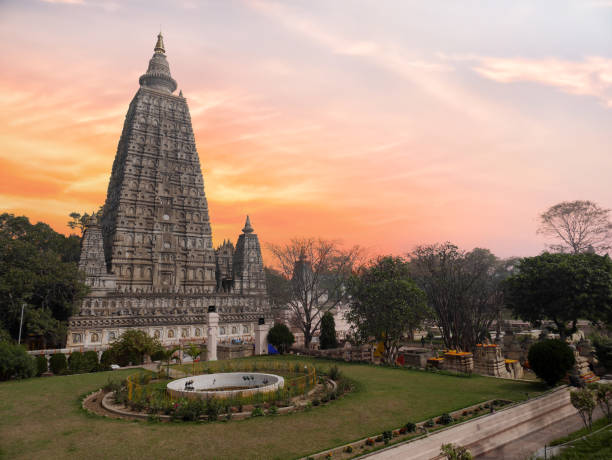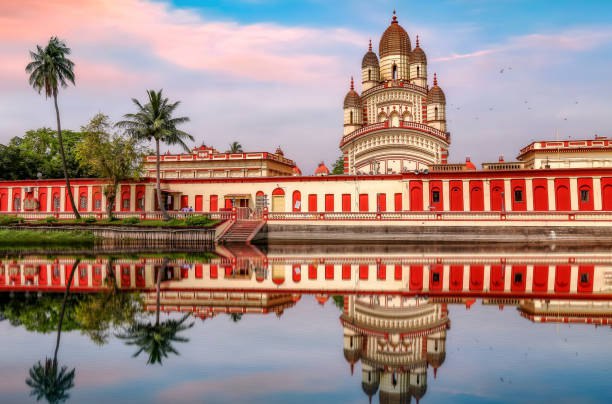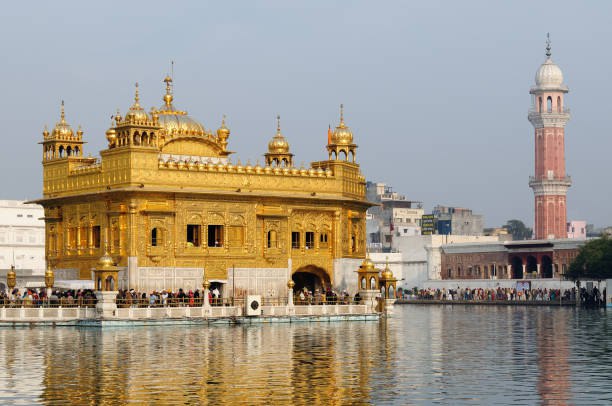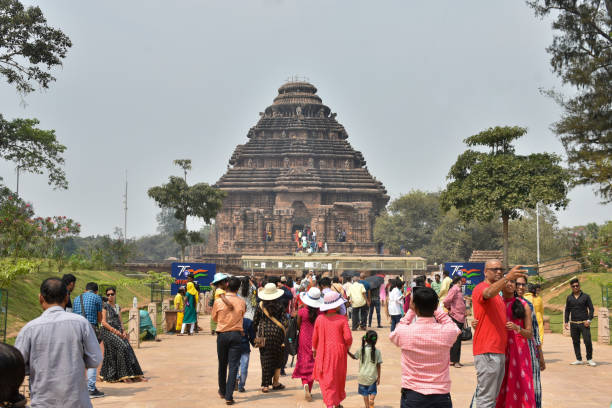Bodh Gaya, located in the heart of India’s Bihar state, is one of the most sacred and revered sites for Buddhists around the world. It is here, under the ancient Bodhi Tree, that Siddhartha Gautama attained enlightenment and became the Buddha. For centuries, pilgrims from across the globe have journeyed to Bodh Gaya to trace the roots of Buddhism, reconnect with the teachings of the Buddha, and experience the profound spirituality of the region. In this blog, we embark on a journey to the Mahabodhi Temple, exploring its historical significance, spiritual ambiance, and the deeper meaning behind this sacred pilgrimage.
1. The Sacred Mahabodhi Temple
The Mahabodhi Temple is the central attraction in Bodh Gaya and stands as a magnificent testament to the Buddha's path to enlightenment. The original structure dates back to the 3rd century BCE, built by Emperor Ashoka, but the present-day temple, which was constructed between the 5th and 6th centuries CE, is a fine example of ancient Indian architecture. The temple’s spire rises high into the sky, symbolizing the Buddha’s enlightenment, while the intricate carvings and serene atmosphere draw pilgrims into its sacred halls.
As you walk through the temple complex, you’ll feel a sense of quiet reverence. The temple is home to a large statue of the Buddha in the posture of enlightenment, and the surrounding space invites meditation and contemplation. Visitors can sit in the peaceful gardens, meditate beneath the shade of the Bodhi Tree, and feel a deep connection to the Buddha's journey.
2. The Bodhi Tree: Where Enlightenment Took Place
The Bodhi Tree in Bodh Gaya is perhaps the most iconic symbol of Buddhism. According to Buddhist legend, Siddhartha Gautama meditated under this very tree for seven days and nights before attaining enlightenment, becoming the Buddha. The original tree, believed to have been planted by Emperor Ashoka, has since been replaced with a direct descendant of the original tree, ensuring its continuity for future generations.
Pilgrims often find solace beneath the Bodhi Tree, reflecting on the Buddha’s teachings of mindfulness, compassion, and wisdom. The atmosphere here is both serene and powerful, making it a place for introspection and spiritual awakening. As you sit by the tree’s roots, you can almost feel the presence of the Buddha, as if the teachings he imparted centuries ago are still alive and guiding you toward greater clarity.
3. The Path of Pilgrimage: Key Sites Around Bodh Gaya
Bodh Gaya is not just about the Mahabodhi Temple and the Bodhi Tree. It’s a spiritual journey that encompasses several other significant sites. After visiting the temple, pilgrims often explore the surrounding areas that hold deep historical and spiritual meaning:
- The Animesh Lochana Chaitya: A short distance from the temple, this spot marks the place where Buddha meditated for several days without moving or blinking an eye, seeking clarity and enlightenment. The monument here commemorates his perseverance and determination.
- The Vajrasana (Diamond Throne): Located within the Mahabodhi Temple complex, this is the very spot where Buddha sat during his meditation. It is said to be the exact place where he attained enlightenment. Pilgrims often offer prayers and reflect on the Buddha's teachings at this sacred site.
- The Muchalinda Lake: A serene lake near the temple, this is where the Buddha is said to have meditated for several weeks after attaining enlightenment. The lake is home to a small temple with an image of the Buddha seated in meditation, surrounded by a protective serpent.
- The Sujata Stupa: Located just outside the main temple area, this stupa marks the site where Sujata, a village girl, offered the Buddha a bowl of rice pudding after he had been meditating for weeks. This offering is said to have helped him regain strength, leading to his enlightenment. The stupa stands as a tribute to her act of compassion and generosity.
4. Experiencing the Spiritual Vibe of Bodh Gaya
Visiting Bodh Gaya isn’t just about sightseeing—it’s about experiencing the profound spiritual atmosphere of the place. The moment you arrive, the sense of peace is palpable, and you feel as though you are stepping into a different world—one of stillness, mindfulness, and spiritual awakening. The air is filled with the scent of incense, the sound of chanting, and the sight of monks and devotees performing their daily rituals.
One of the most touching aspects of visiting Bodh Gaya is witnessing the diversity of pilgrims who come from all over the world. From Tibetan Buddhists in their traditional robes to Thai, Japanese, and Sri Lankan devotees, the site attracts people of all cultures, united by their reverence for the Buddha. The rich cultural exchange, combined with the universal appeal of Buddhism’s message of peace, love, and compassion, makes Bodh Gaya a truly unique destination for spiritual seekers.
5. Practical Travel Tips for Your Pilgrimage
While Bodh Gaya’s sacred atmosphere will undoubtedly captivate you, it's essential to prepare for your pilgrimage with some practical tips to ensure a smooth and meaningful journey:
- Best Time to Visit: The ideal time to visit Bodh Gaya is during the cooler months, from November to February, when the weather is pleasant and ideal for outdoor exploration and meditation. The monsoon season (June to September) can be hot and humid, so it’s best to avoid this time.
- Accommodation: Bodh Gaya offers a range of accommodation options, from budget guesthouses to more luxurious hotels. Many pilgrim-oriented accommodations also offer meditation retreats or guided tours.
- Dress Code: Since Bodh Gaya is a spiritual place, visitors are advised to dress modestly. Long sleeves and pants are recommended, and shoes should be removed before entering temples or sacred areas.
- Respect Local Customs: Be mindful of local customs and practices. Silence is encouraged in the temple areas, and it’s important to be respectful of the rituals and prayers performed by the monks and devotees.
Start your pilgrimage to Bodh Gaya by visiting skyroutetravel.lk

 Canada
Canada
 India
India






0 comments for this post